Essex Damo Sunshine Huakui 6.0 hand impact grindability ratio Water temperature introduction to the story characteristics of Guji boutique coffee beans
How did Sakuran's name come from?
In 2017, Ethiopia's DW Raw Bean Company sent their coffee beans to TOH (the Taste Of Harvest), a competition hosted by the African Coffee Association, and the tanning batch won the championship of TOH Ethiopia. This batch of raw beans, in the capacity of the champion, is named "Sakuran".

Sakuran, located in Hambella, Humbera is in GUJI, the largest coffee producing area in Ethiopia, and the administration belongs to the state of Oromia. Hambella is the highest coffee producing area in Ethiopia (Harrar is the highest in Ethiopia), facing the west and kochore across the mountain, and connecting with the shakiso,Uraga and Kerchaz producing areas of Guji in the east and south respectively.
At present, there are about 20 processing plants of various sizes in Hambella producing areas. Dimtu, the core production area of Hambella of DW Company, has four manor processing plants, namely "Buku abel", "Buku saysay", "Haro soresa" and "Tirtiro Goye".
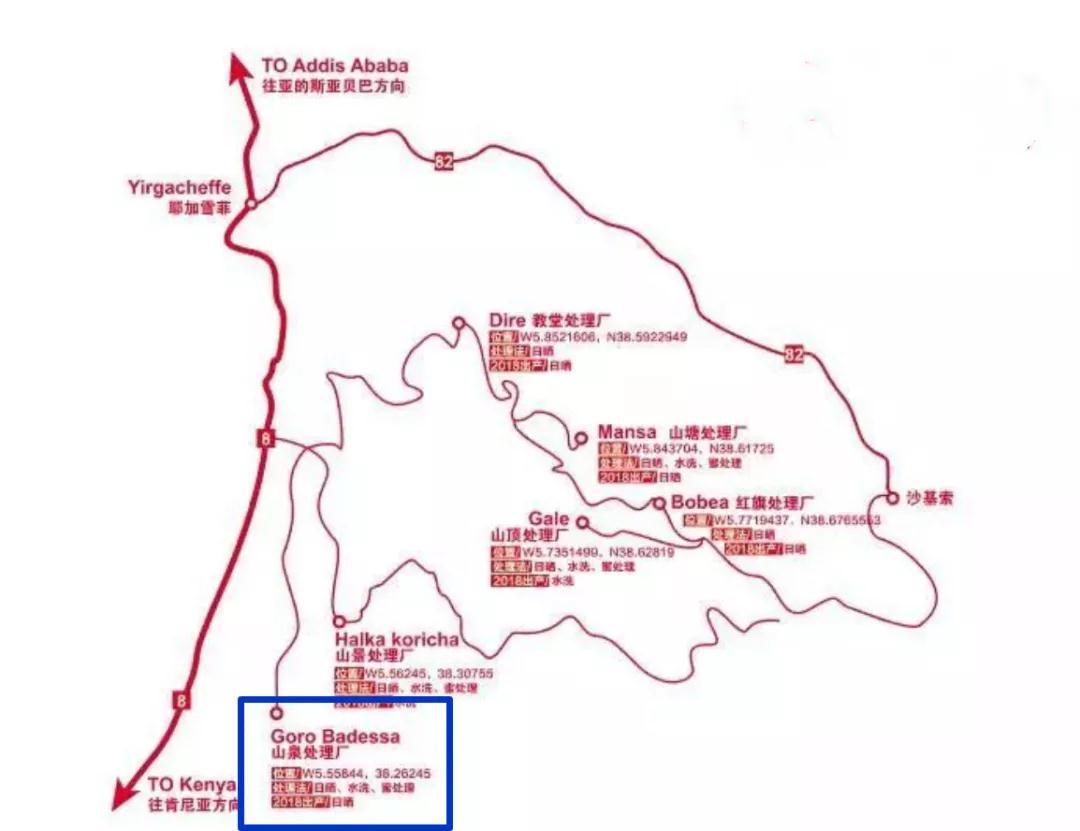
"good coffee is hard to come by": in the mountains above 2000 meters above sea level
Most of the coffee farms in Ethiopia are still in the original state, and the local farmers just go to the mountains to pick, choosing only all red fruits, fully ripe coffee cherries, all manual picking, African scaffolding to dry, limit the thickness of the fruit layer and turn it 24 hours a day, to ensure uniform sun exposure and ventilation, and to more accurately grasp the degree of fermentation. most local treatment plants also use the original sun treatment. According to experience, fermentation and drying, so the quality is very unstable.
Red brown organic soil, annual rainfall more than 1200mm, altitude, temperature difference between day and night, manual picking of pure red fruit and low temperature fermentation under the unique natural environment of the manor.
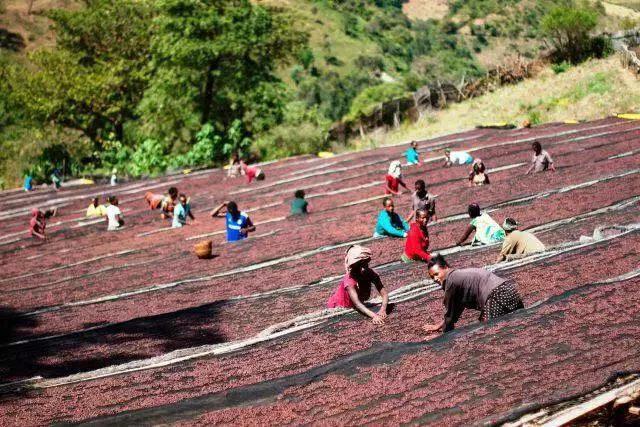
The plots where red fruits are harvested are more concentrated, and the new treatment fields are closer, which can ensure that red fruits can be collected and disposed of as quickly as possible. The whole treatment process is only managed more finely under the guidance of scientific measuring instruments, and there is no improved process that "breaks the tradition". The red fructose content is more than 21 before the sun treatment begins, so the sweetness is quite high.
In order to prevent sudden rain at night, it will be wrapped in thick plastic sheeting. In this way, the red fruit is fermented and dehydrated at a lower temperature. After 18 days of sun treatment, when the moisture content of raw coffee beans is reduced to about 13%, stop sun treatment, put it in sacks, put it in the warehouse under natural conditions of 12-22 degrees Celsius and 40-50% humidity, raise raw beans and further dehydrate for about 50 days.
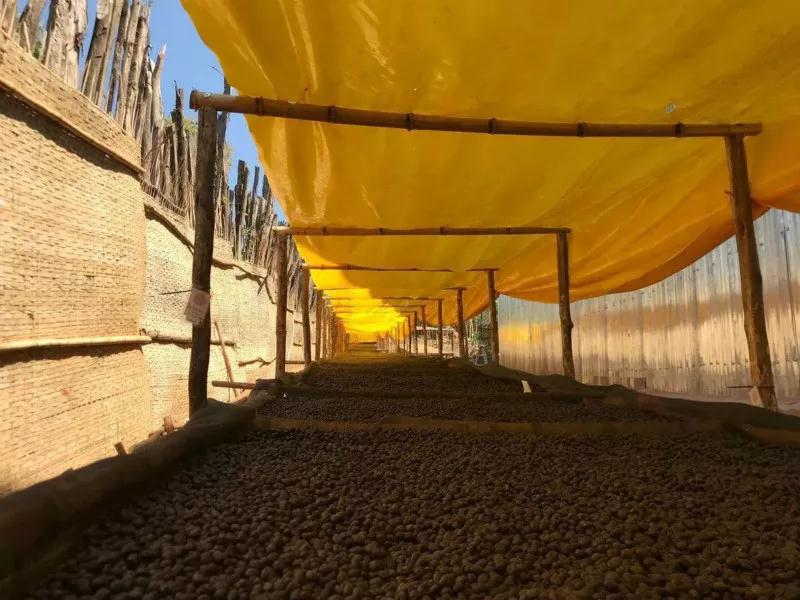
According to the baker, when we get such a good bean [Sakuran], how do we bake it, and how do we adjust the curve?
First of all, I will look at the flavor description provided by the raw bean merchant, and then look at the moisture content of the bean. The raw bean I just got has the fermented wine smell of coffee flowers, which is completely different from the grass flavor of the general raw bean. Moreover, Sakuisheng beans of different sizes, and more tip of the head and tail (Ethiopia Heirloon Ethiopian original species), the moisture content is good, about 11%, but not the kind of SHB beans with high hardness, because of the high density and high hardness of beans, the dehydration time was lengthened before an explosion, and the loss of small molecules such as floral fragrance was retained as far as possible.

As the usual production requires me to choose a baking capacity of 550g (full load) into beans to share my experience:
Bean temperature: 190 degrees
Adjust the curve only by changing the bean temperature and development time:
The first pot: turn yellow point: 150.3 degrees, 5 minutes 55 seconds, 196 pot explosion development 1 minute 40 seconds, one explosion point at 9 degrees 39 percent 55
The second pot: turn yellow point: 151 degrees, 5 minutes 51 seconds, 193 pot explosion development 1 minute 30 seconds, one explosion point at 9 degrees 39 percent 50
The results of the cup test are as follows:
The first furnace: the wet fragrance has a strong aroma of green tea and flowers. Sipping aromas of green tea, jasmine, lime and sugar. The palate is light and clean, with soft and fresh acidity. But the end rhyme is not enough, only some sweetness remains in the mouth. However, it tastes very unbearable, like drinking a cup of tea instead of coffee.
The second pot: the wet fragrance has yellow lemon, flower fragrance, black tea fragrance and citrus flavor. There are aromas of black tea, yellow lemon, caramel and jasmine when sipped. At this baking degree, the flavor begins to become rich and solid, the entrance acidity is more elegant, sweetness will be perceived faster, sweetness will be higher, fermented wine, cream, tropical fruits, jackfruit, more balanced.
After baking and correction, I use the Taiwan Yang family 800N machine, after the cup test, finally determine the line 2, I am more satisfied with the curve:
190 degrees into the beans, nearly 6 minutes to complete dehydration and yellowing. (the yellow point is about 150-153 degrees)
The explosion began in more than 50 minutes (the explosion of Huakui is later than that of ordinary beans, and the explosion sound is very weak)
After an explosion, it is recommended that the development time should not exceed 1 minute and 30 seconds, nor less than 1 minute. (it is recommended to open the throttle to reduce the fire to control the speed.)
Sample spoon smell, about 193 degrees can smell strawberry jam, can be out of the pot beans
It is better to control the overall time within 11 minutes.
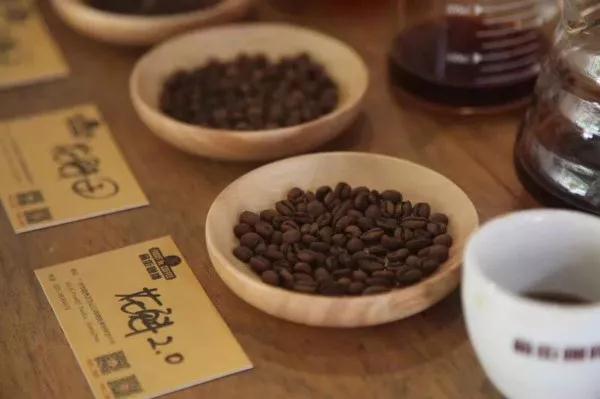
Huakui cooking method
As for the cooking method of Huakui, hand brewing and siphon brewing are the best. When you grind the beans, you can smell the sweet smell of the sun fruit.
The flavor of Huakui is gentle and delicate, sweet and lovely. Yega Chuefei exudes an extremely complex aroma and shows an extremely excellent taste that is difficult to describe.
Cake WAVE filter cup, 15g powder, water temperature 89 degrees, grinding 3.5C
The ratio of water to powder is close to 1:15
Steaming in 30 grams of water for 35 seconds
Segment: 30,10590, time is 2:03 (steaming starts)
Huakui taste: smooth, layered, sweet fermented berries

The taste of the wet ripe berry fruit fermented wine is amazing, the entrance is extremely smooth, to the delicate mellow thickness, the sour and sweet appearance of the ripe fruit is really amazing, the sweet feeling is outstanding, clean, the finish rhyme performance is also quite good.
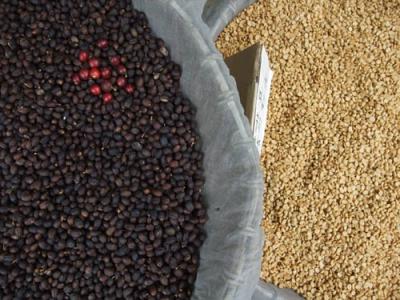
For professional baristas, please follow the coffee workshop (Wechat official account cafe_style)
The award winning situation of Huakui
Cup test flavor: passion fruit, rose flavor, strawberry jam, sweet and sour berries, peach pulp, black tea tail rhyme
2016 / 2017
Ethiopia National Taste of Harvest Competition champion
Winner of the Ethiopian Coffee Competition during the harvest season in 2016ache 2017
2017 Regional Africa Taste of Harvest Competition runner-up
Runner-up in 2017 African Coffee Competition
The hand-washed Sakuran. 15g powder, medium fineness grinding (small Fuji ghost tooth cutter 3.5grinding), v60 filter cup, 91mi 93 degrees water temperature, first water injection 30g water, carry on steaming for 27 seconds, injection to 105g water cut off, wait for powder bed water to half, then water injection, slow water injection until 225g water volume, no water powder ratio at 1:15, extraction time at 2:00
Huakui treatment plant is located in buku abel village, which is 2200 meters above sea level. In the harvest and treatment season (December-January), its unique growth environment and natural climate created the unique flavor of Huakui. The sugar content of the red fructose we are picking is more than 30 before we start sun treatment. In the first two days of the sun, we should ensure the humidity of the red fruit so that the fructose begins to ferment fully. At the same time, the high-altitude geographical location, so that the night temperature of the treatment plant can be reduced to about 12 degrees Celsius, and will not produce the smell of excessive fermentation because the temperature is too high. When the temperature is relatively high at noon, we will cover in time to prevent sunburn of red fruit.
In order to prevent sudden rain at night, it will be wrapped in thick plastic sheeting. In this way, the red fruit is fermented and dehydrated at a lower temperature. After 18 days of sun treatment, when the moisture content of raw coffee beans is reduced to about 13%, stop sun treatment, put it in sacks, put it in the warehouse under natural conditions of 12-22 degrees Celsius and 40-50% humidity, raise raw beans and further dehydrate for about 50 days. When the moisture content of raw beans reaches about 10, the transportation treatment plant will be shelled and screened for sale.
Coffee producing countries: Africa Africa, Ethiopia Ethiopia
Coffee Manor: Guji Guji, Hambella Wamena area, Dimtu City, buku able Manor
Coffee variety: Heirloom, native to Ethiopia
Production altitude: 2250-2350m
Quality level: G1
Treatment: Natural tanning (African drying bed)
Factory name: coffee factory address: Guangzhou Yuexiu District Baoan Qianjie 10 Qianjie Cafe manufacturer contact: 020-38364473 shelf life: 90 net content: 227g packing: raw and ripe degree of bulk coffee beans: whether coffee beans contain sugar: sugar-free origin: Ethiopia roasting degree: light roasting
Ethiopian Sidamo Shakisso Natural
Country: Ethiopia
Producing area: Guji producing area
Altitude: 2250-2350
Treatment: insolation
Variety: local native species Heirloom
Producer: local small farmers
Flavor: passion fruit, rose, strawberry jam
The coffee flavor of Sidamo is very diverse, because of the different soil composition, regional microclimate and countless native coffee varieties, the coffee produced in each urban area has obvious differences and characteristics. The Sidamo producing area (Sidama) is located in southern Ethiopia. The industry here is dominated by agriculture, and the coffee-growing area is located around the East African Great Rift Valley (Great Rift Valley). The coffee flavor of Sidamo is very diverse, because of the different soil composition, regional microclimate and countless native coffee varieties, the coffee produced in each urban area has obvious differences and characteristics. The Sidamo producing area (Sidama) is located in southern Ethiopia. The industry here is dominated by agriculture, and the coffee-growing area is located around the East African Great Rift Valley (Great Rift Valley). Purchase link: https://item.taobao.com/item.htm?spm=a1z10.3-c.w4002-15673140470.31.4d75f2b6ziLFio&id=549017651496
Important Notice :
前街咖啡 FrontStreet Coffee has moved to new addredd:
FrontStreet Coffee Address: 315,Donghua East Road,GuangZhou
Tel:020 38364473
- Prev
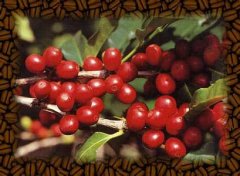
Suggestion on hand-pulping parameters of Sidamo Guji boutique coffee beans in Dharma, Essex
For the exchange of professional baristas, please follow the Sakuran hand made by the coffee workshop (Wechat official account cafe_style). 15g powder, medium fineness grinding (small Fuji ghost tooth cutter 3.5grinding), v60 filter cup, 9193 degrees water temperature, 30g water injection for the first time, steaming for 27 seconds, water injection to 105g water cut off, wait for the water volume of powder bed to be reduced to half and then water injection, slow water injection until 225g water, do not use water at the end.
- Next
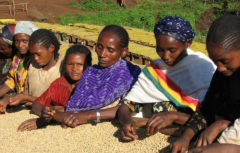
Suggestion on hand-flushing parameters for washing G1 boutique coffee beans by Esseyega Ficochel kochere
For the exchange of professional baristas, please follow the Yejia Xuefei made by hand in the coffee workshop (Wechat official account cafe_style). 15g powder, medium fineness grinding (small Fuji ghost tooth cutter 3.5grinding), v60 filter cup, 9193 degrees water temperature, 30g water injection for the first time, steaming for 27 seconds, water injection to 105g water cut off, wait for the powder bed water to go down to half and then water injection, slow water injection until 225g water, tail section
Related
- Detailed explanation of Jadeite planting Land in Panamanian Jadeite Manor introduction to the grading system of Jadeite competitive bidding, Red bid, Green bid and Rose Summer
- Story of Coffee planting in Brenka region of Costa Rica Stonehenge Manor anaerobic heavy honey treatment of flavor mouth
- What's on the barrel of Blue Mountain Coffee beans?
- Can American coffee also pull flowers? How to use hot American style to pull out a good-looking pattern?
- Can you make a cold extract with coffee beans? What is the right proportion for cold-extracted coffee formula?
- Indonesian PWN Gold Mandrine Coffee Origin Features Flavor How to Chong? Mandolin coffee is American.
- A brief introduction to the flavor characteristics of Brazilian yellow bourbon coffee beans
- What is the effect of different water quality on the flavor of cold-extracted coffee? What kind of water is best for brewing coffee?
- Why do you think of Rose Summer whenever you mention Panamanian coffee?
- Introduction to the characteristics of authentic blue mountain coffee bean producing areas? What is the CIB Coffee Authority in Jamaica?

